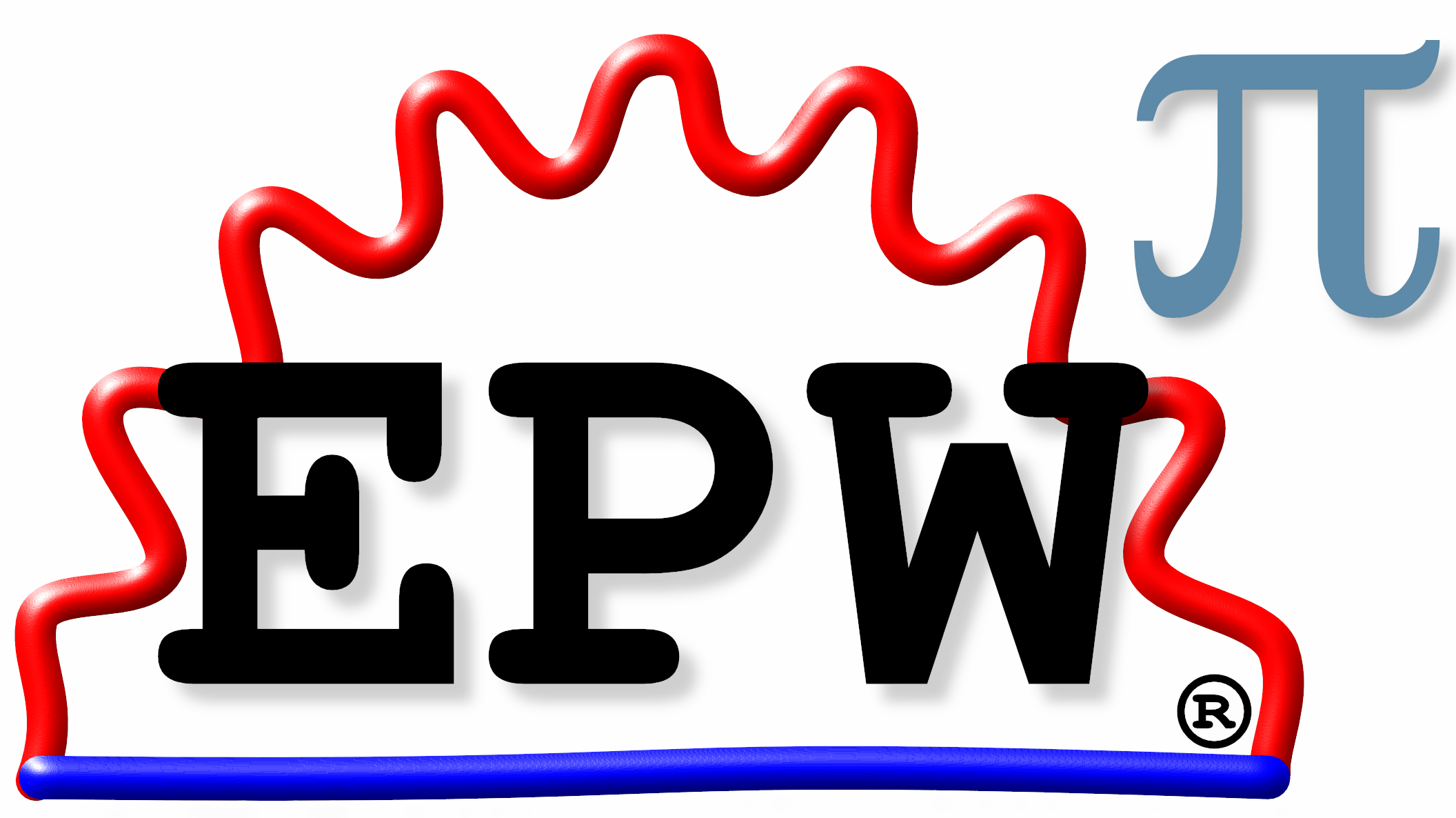Download and Install#
Compatibility of EPWpy#
EPWpy is tested and should work on Mac, Linux (centos > 7.0), and Windows > 10. EPWpy requires python >= 3.8. The packages which are essential for EPWpy functioning are
numpy
scipy
matplotlib
mp-api (optional)
mayavi (only if advanced visualization of wavefunctions is needed)
EPWpy installer installs these dependencies automatically.
To install EPWpy (Via pip)#
EPWpy is packaged to pypi and can be installed using pip installer. However, for using EPWpy one has to install EPW. Visit https://docs.epw-code.org/doc/DownloadAndInstall.html for info on installing EPW.
To install EPWpy:
pip install EPWpy-basic
To enable structure, wavefunction, and polaron visualization in EPWpy:
pip install EPWpy-basic[visualization]
To enable interface with Materials project in EPWpy:
pip install EPWpy-basic[materials-project]
To install EPWpy-1.0.0 (Reccommended)#
- Download
version 1.0.0of EPWpy. For this you can copy/paste the following on your terminal: wget https://gitlab.com/epwpy/epwpy/-/archive/epwpy-1.0.0/epwpy-epwpy-1.0.0.tar.gz
- Download
- Unpack EPWpy. This can be done by copy/pasting the following lines:
tar -xvzf epwpy-1.0.tar.gz && cd epwpy
- EPWpy can be installed as a library and can be called in a python script or a Jupyter notebook. Install EPWpy:
python setup.py install
- The test-suite should be included in the download. You can then go inside the test-suite and run tests to make sure that everything works.
cd test-suitemake run-tests-local
- In calculations involving EPWpy you will need to direct EPWpy to a location where QE and EPW executables are present. However, EPWpy can itself download and build QE+EPW. To use this feature use:
python setup.py install --with-QE True --config <QE configuration> --cores <No. of cores>
- This will install QE+EPW in a folder called build inside the EPWpy folder. You will find executables inside:
EPWpy/build/q-e/bin/
Video tutorial#
This video tutorial can also be found here: https://www.youtube.com/watch?v=q6kyn48KmgE&t=3s
